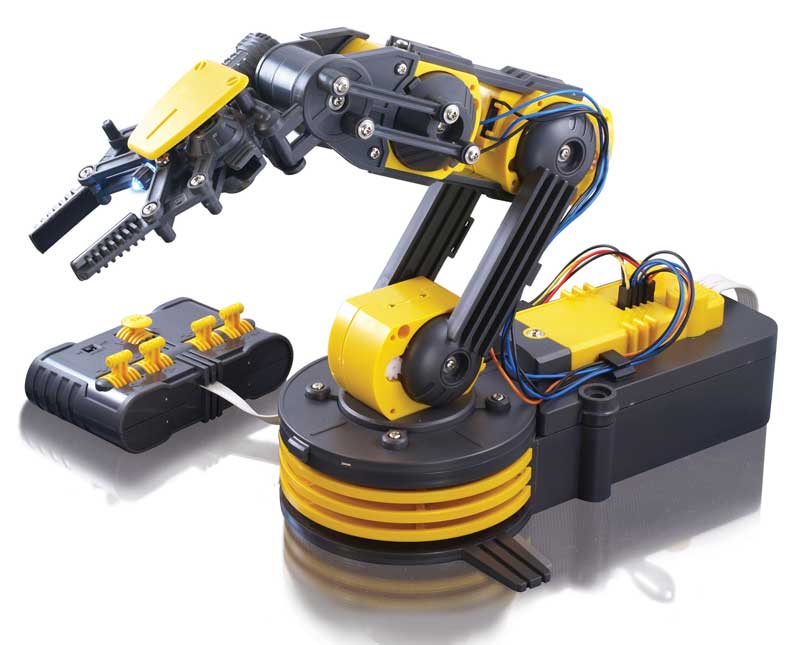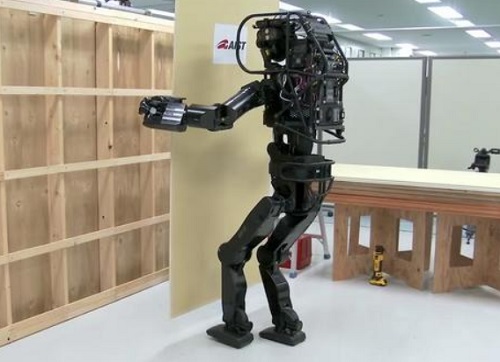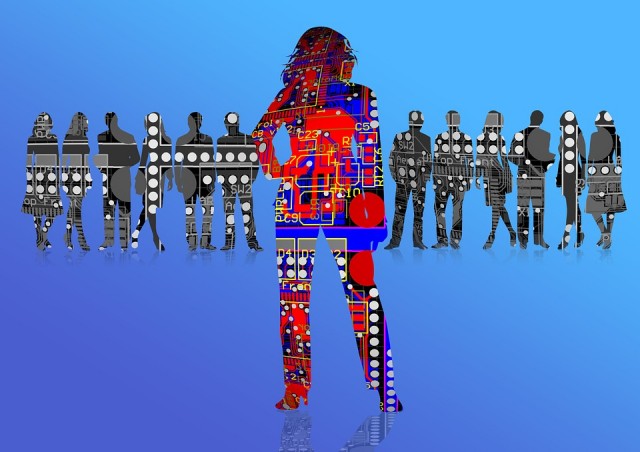Scientists are testing a “cyborg cockroach” for use in search-and-rescue missions
11/27/2018 / By Edsel Cook

If ever you get trapped in a wreckage or ruins after an accident or a disaster, the rescuer that finds you could be a cockroach – one that is remotely controlled by humans through a miniaturized neuro-controller mounted on its back.
A research team from the University of Connecticut (UConn) created the device to manipulate the movement of living insects. When installed on a cockroach or other appropriate animal, it turns the animal into a biological soft robot.
The UConn-developed controller is currently being tested on Madagascar hissing roaches. The cyborg insects could one day be deployed in search-and-rescue operations, military missions, and other uses.
Right now, the technology is rather limited. It faces two major challenges: Building a sufficiently small robotic system, and integrating that electronic hardware with the biological nerve tissue that controls the movement of the insect.
Tiny neuro-controller turns cockroaches into “soft robots”
The UConn researchers succeeded on both accounts. Their neuro-controller microcircuit is small enough to fit inside an electronic module worn by the insect on its back.
Wires connect the device to the antennae of the insect. They stimulate the antennae lobe of the insect by administering weak electrical shocks to the neural tissue.
If the right antenna is stimulated by an electric charge, the cockroach moves to the left. Conversely, sending a charge to the left antenna gets the insect to turn right.
The neuro-controller devised by UConn is fairly unique among its peers. It uses four-channel microcircuitry to apply a wide degree of stimulation for the antennae lobes.
It also provides detailed information regarding the response of the insect’s stimulated nerves and muscles. The user will find it easier to keep an eye on movement. They will also have an easier time controlling the insect robot.
A Bluetooth-capable insect robot
“The use of insects as platforms for small robots has an incredible number of useful applications from search and rescue to national defense,” explained Abishek Dutta, the leader of the UConn researcher team. “We believe our microcircuit provides a more sophisticated and reliable control system that brings us one step closer to real world implementation of this technology.”
The aforementioned microcircuit is equipped with a 9-axis inertial measurement unit. This sensor gathers data regarding the linear and rotational acceleration of the insect, the direction it is going, and the temperature around it.
The device uses a Bluetooth antenna to send these pertinent data to the human controllers. The wireless signal is strong enough to be picked up by a cellphone.
This transmitted data allows the controllers to determine the trajectory of the insect. They can alter the strength of the electric charge, send the corrected impulses to the insect, and redirect it to another direction. (Related: As scientists inch closer to fighting cancer with nanobots, would you embrace having programmable robots in your bloodstream?)
Cockroach robot develops resistance to constant barrage of electric pulses
Dutta’s research team put the new controller through its paces. They used a Madagascar hissing cockroach, a species of large roaches that is a popular choice for a pet.
In their experiment, they reported that the stimulation became less effective if it was repeated soon after the first pulse. For example, they applied an electric pulse to the right antenna lobe in order to get the roach to immediately turn left. When they jolted the same lobe a second time, the insect still turned, but it did not do so as sharply as before.
Robots.news can tell you more about the cyborg insects that researchers are working on.
Sources include:
Tagged Under: Bluetooth, breakthrough, cyborg cockroach, cyborg insects, electronic circuit, future science, future tech, innovation, insect bots, inventions, robot animals, robotics, search and rescue, soft robots




















